
Category: transhumanism

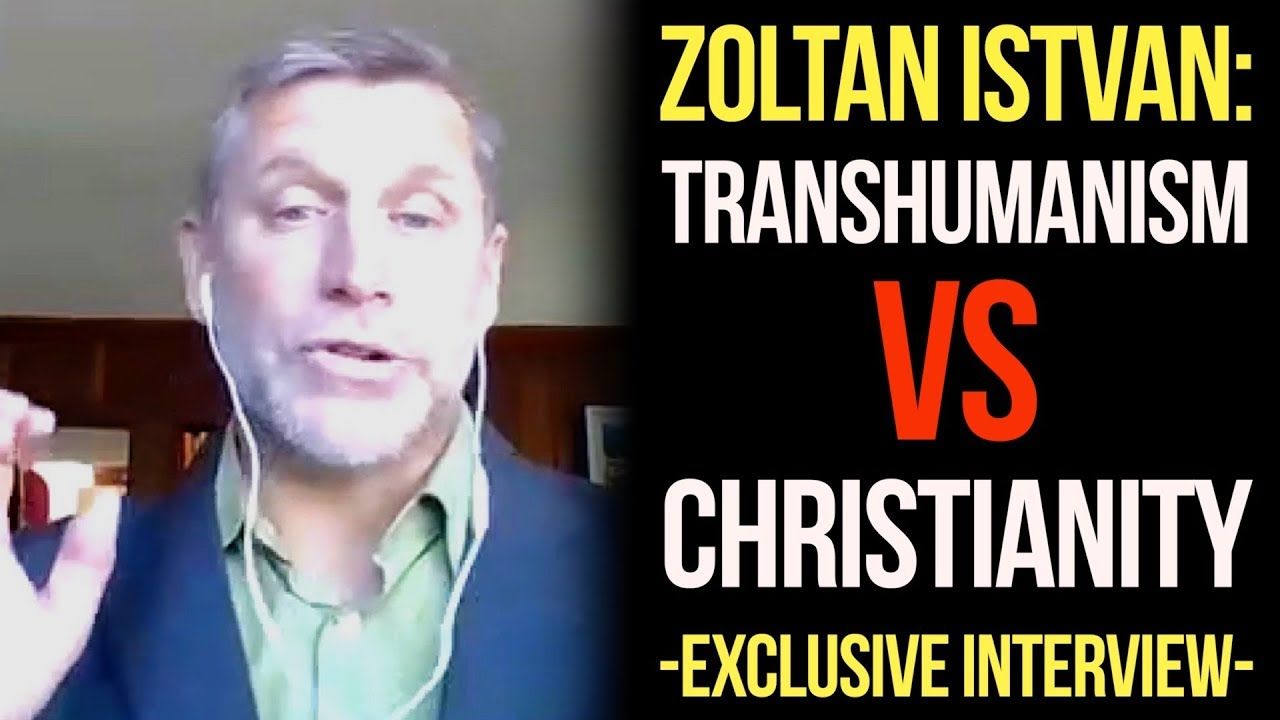
Transhumanism VS Christianity (Full Exclusive Interview)
Just Out: I did an hour long interview with Josh Peck of Into the Multiverse on Skywatch TV. Josh is a Christian #libertarian and this interview covers a variety of subjects including the compatibility of #Christianity & #Transhumanism, as well as my CA Governor run:
http://skywatchtv.com PLEASE SUBSCRIBE AND SHARE! Here is the full exclusive interview of Zoltan Istvan by Josh Peck on the topic of transhumanism vs Christianity.
Make sure to check out the full episode at https://youtu.be/pclVZYyV2dQ
What do you think? Leave a comment below!
More Multiverse Media at:
Twitter — @SWTV_Multiverse
Facebook — http://www.Facebook.com/IntoTheMultiverse
Tumblr — http://www.skywatchtv.tumblr.com
YouTube — http://www.youtube.com/IntoTheMultiverse
Email — [email protected]
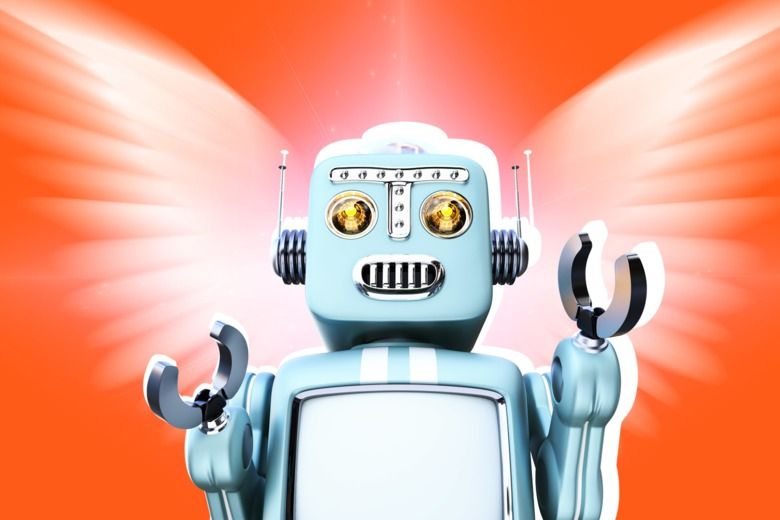
Transhumanism Is Complicating the Sometimes Antagonistic Faith vs. Science Dynamic
Millenials grew up under the technological halo of Moore’s law, enjoying booming exponential growth of computation power that ushered in the information age. It should come as no surprise that transhumanism has earned a degree of mainstream acceptance—from Hollywood movies to magazine covers and the latest sci-fi TV. Transhumanist beliefs will continue to permeate culture as long as the promise of technological progress holds its end of the bargain.
For transhumanist faiths, technology becomes a way of cashing checks religion helped write.
For instance, Silicon Valley engineer Anthony Levandowski—whom you may know from the Uber-Waymo lawsuit over self-driving car technology—recently launched the Way of the Future Church, a new religious organization based on developing godlike artificial intelligence. On its website, the Way of the Future states, “We believe the creation of ‘super intelligence’ is inevitable,” and according to IRS documents detailed by Wired, this new religion seeks “the realization, acceptance, and worship of a Godhead based on Artificial Intelligence (AI) developed through computer hardware and software.” This exuberance departs from the cautious stance toward A.I. taken by Hawking, Musk, and others who warn that artificial superintelligence could pose an existential threat. However, regardless of whether artificial superintelligence is seen as an angel or a demon, Hawking, Musk, and A.I. evangelists alike share the common belief that this technology should be taken seriously.

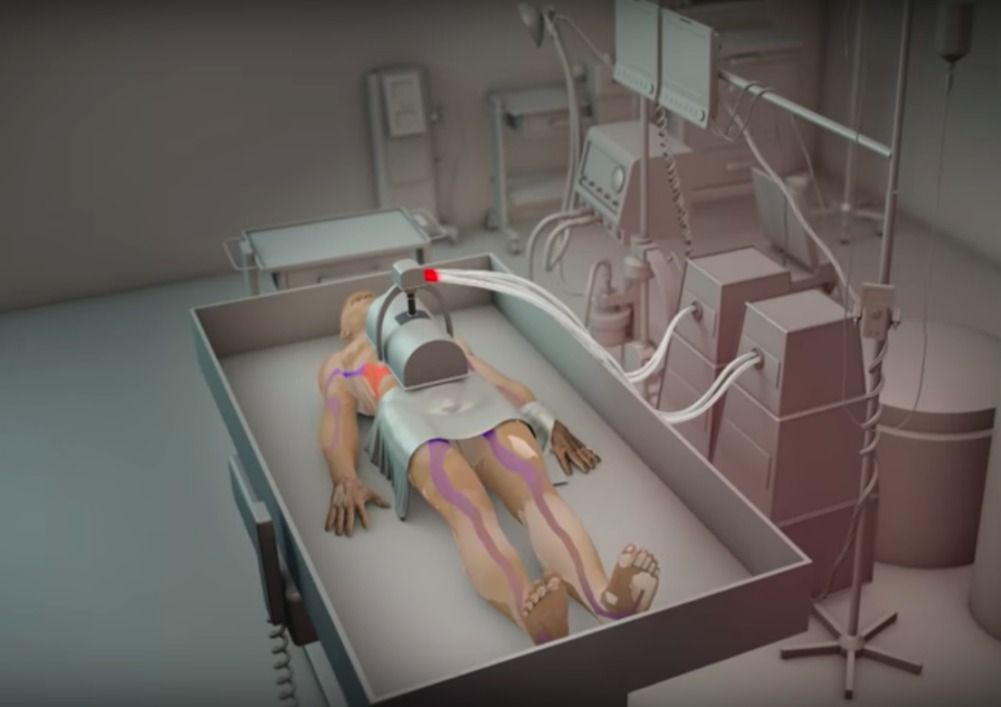
Just Call Cryogenic Suicide What It Is: Selfie Death
Even if a client isn’t fearful of death and doesn’t buy into the preposterous idea that his consciousness can be revived (scientists aren’t even close to figuring out how memories could possibly be preserved), having his brain preserved and uploaded as a “program” based on the idea that it is worth enough to have future generations maintain it, even interact with it, is the height of arrogance. It’s a self-centered ethos that seeks attention and admiration even after death. Transhumanism involves faith in science, sure, but that’s merely the means to the end.
Transhumanism is a religion of self, embedded with the doctrine of sola feels, all bundled into one medical procedure that literally ends your life.

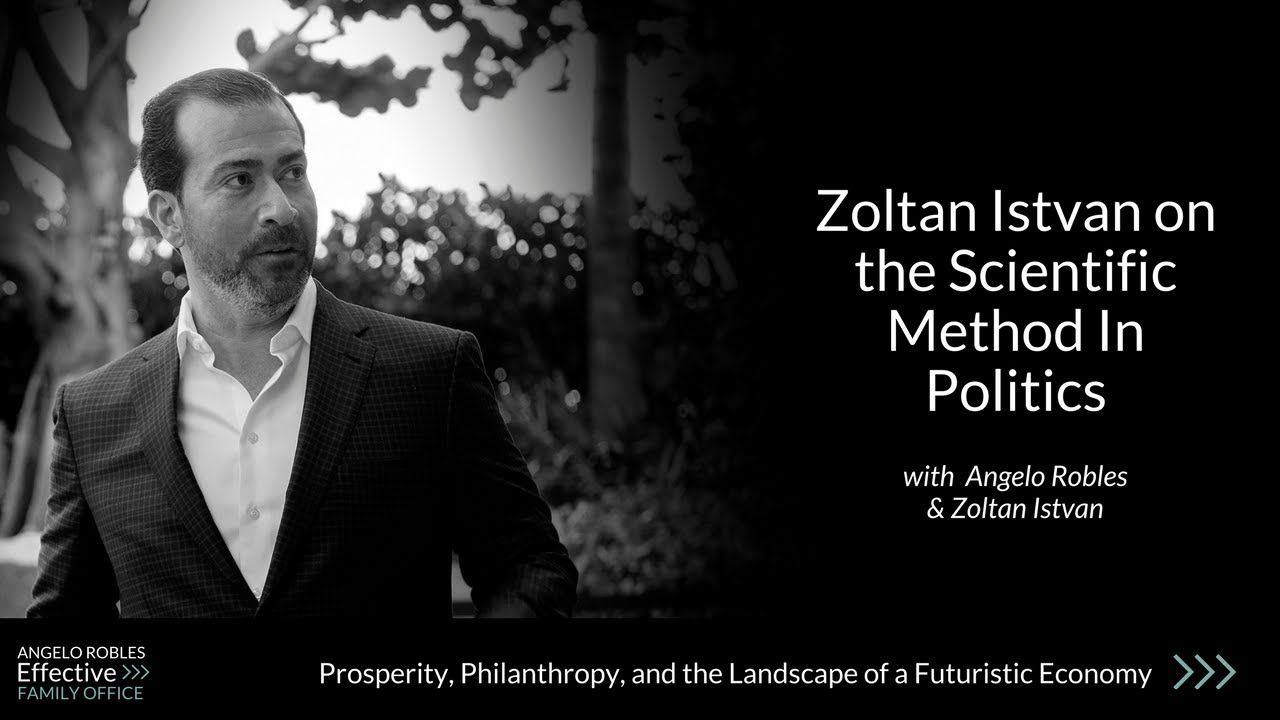
Zoltan Istvan on the Scientific Method In Politics
A new 3-minute interview is out that I did. It hits on some fun topics:
Host Angelo Robles talks with transhumanist, Zoltan Istvan, a world leader in science, technology, and futurist issues. Zoltan shares insights on what it means to prosper, how philanthropy can play a part in creating a more unified family and community, along with the responsibility he feels we all should consider when look to our future economy.
Want more information on ‘Prosperity, Philanthropy, and the Landscape of a Futuristic Economy’? Visit https://www.effectivefamilyoffice.com/episode14/
The Transhumanist Test of Faith
This piece originally appeared at the Institute for Emerging and Evolutionary Technologies website. It is dedicated to Leon Festinger.
Transhumanism is more often regarded as a faith by its detractors than its supporters. For my own part, I have long argued that the signature themes of transhumanism – especially the preoccupation with intellectual immortality and physical resurrection – bear the marks of Abrahamic theology. Indeed, without that theological backdrop, transhumanism’s zeal for mind uploading and cryonics looks simply bizarre. However, in this context, transhumanists can reasonably argue that they are scientifically delivering on those original theological promissory notes. Nevertheless, there remains the potentially pejorative sense of ‘faith’ lurking in what might be called transhumanism’s sense of eschatology – that is, its account of when, how and to whom those promissory notes will be delivered.
History shows that any humanly conceived idea is eventually realized in some form. Most of these ideas are realized fairly shortly after conception and in more or less the manner intended by their conceiver. However, many of the most important ideas – the ones that profoundly alter humanity’s self-understanding — are only realized much later and typically in a context quite alien to those who originally conceived them. Norbert Wiener famously observed that the possibility of an artificial intelligence was first raised in Talmudic discussions of the Biblical Golem. One of the goals of medieval alchemy was the creation of life from non-living materials. As for space travel and the search for extraterrestrial intelligence, they became staples of speculative thought starting with the European Renaissance’s unprecedented confidence in the power of human ingenuity. But in all these cases, the ideas have taken 500‑2000 years to be realized – and many have yet to fully satisfy the ambitions of their conceivers.
The disconnect between the conditions of intellectual conception and realization is quite familiar to writers of history and fiction. Hegel called it the ‘cunning of reason’ and it informs many a plot twist. These authors operate at a ‘meta-level’ to those who conceive and realize the ideas in question. In that respect, they move in the direction of God’s point of view. This enables them to survey with confidence a much broader bandwidth of the space-time continuum than either the conceivers or the realizers of the ideas themselves. However, what stops these second-order observers from achieving complete Olympian detachment is that they can still feel emotion about the consequences. Thus, they – and their readers — are the ones who laugh, cry or are simply amazed at the fate of ideas as they make their way from their conceivers to their realizers. Moreover, those emotions may be quite different from the ones experienced by the people depicted in the works, who by definition operate from more limited horizons and hence are ignorant of the larger narrative context.
We live in a time when many knowledgeable people are projecting radical changes to the human condition in the historical near-term, say, in the next generation or two. These include indefinite human longevity in the bodies of our birth and the prospect of artificially enhancing our minds and bodies, including the ability to upload our minds into machines capable of extending our mental powers indefinitely. Some would go further in the manner of Elon Musk to claim that space travel and colonisation might become so ordinary as to become one channel for solving humanity’s persistent earth-bound problems.
Few doubt that the time it takes to conceive and to realize the most radical ideas has shrunk over the course of history. Much of our intuitive sense of ‘acceleration’ comes from this basic awareness. It was already present in the Italian Futurist movement at the start of the twentieth century, which appealed to the accelerated pace of change – largely in the realms of transportation and communication — more than a half-century before it was operationalised in terms of computational efficiency as Moore’s Law. Moreover, humanity has become increasingly open to multiple realizations of a given idea, such that only professional historians nowadays worry about the loss of the conceiver’s original context as his or her idea comes to be realized in various ways. Indeed, the original Italian Futurists made a point of wanting to destroy all traces of the past as a precondition to freedom and progress, which they equated with the frictionless realization of the products of the human mind. Although transhumanists rarely say anything quite so nihilistic, their privileging of the ‘virtual’ over the ‘natural’ sends largely the same message.
However, transhumanists also seem to believe that the sense of space-time compression implied by an ‘accelerationist’ world-view especially favours the current generation of transhumanists. They typically locate what theologians would call the eschaton, which some transhumanists think of as the ‘singularity’, as occurring within their normal biological lifetime – certainly in less than fifty years and quite possibly within a generation. Not surprisingly, then, transhumanists tend to be middle-aged white males with a reasonable amount of disposable income. These people also tend not to have children, even if they are married. In other words, they are already prepared to enter a world in which, say, price is not a barrier to acquiring enhanced powers or extended longevity, and intergenerational succession is not something one needs to worry about, either at the personal or the public policy level.
But what happens if the eschaton does not occur within such a convenient time-frame? To be sure, I am generally optimistic that science and technology’s direction of travel points to where transhumanists want to go. Nevertheless, for various reasons, the relevant developments may not happen as soon as the likes of Ray Kurzweil or Aubrey de Grey have predicted – or hoped. In other words, the people who might end up benefitting from the transhumanist paradise that awaits Homo sapiens are the descendants of people who lived non-transhumanist lives in our times. Of course, some transhumanists believe that cryonics gets around this problem, but its prospects remain largely as speculative now as they were fifty years ago – at least with regard to human resurrection.
So, do you still believe in transhumanism even if it is unlikely that you will personally benefit from it?
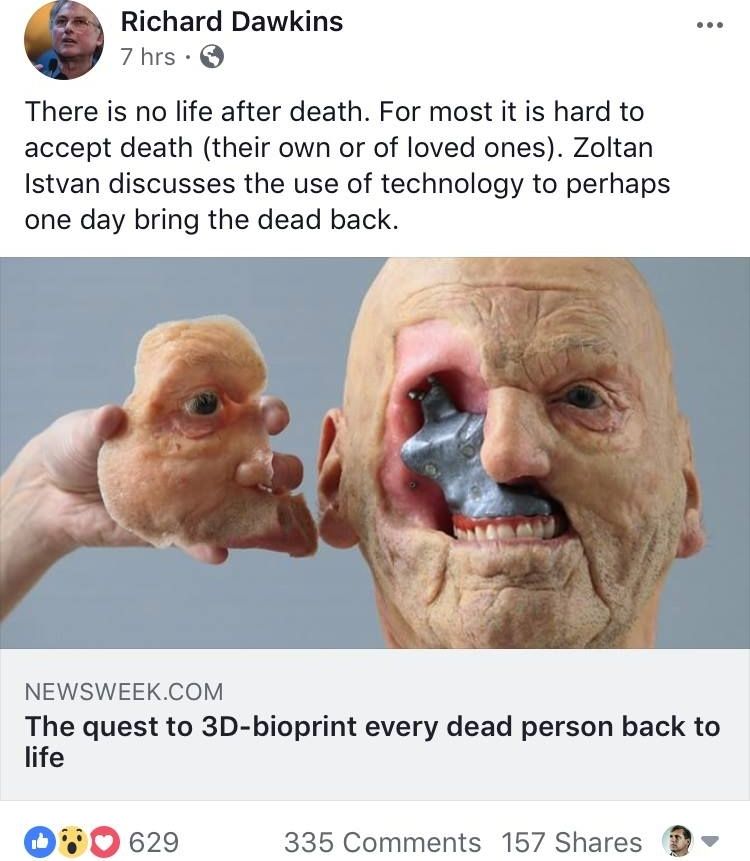

Mad Scientists Want to 3D Print Every Dead Person Back to Life
This major religious site suggests I’m part of a group of mad scientists, but Quantum Archaeology is a very interesting idea that more people should ponder. The article also highlights the challenge of #transhumanism vs. religion and conservative attitutes: http://www.lifenews.com/2018/03/12/mad-scientists-want-to-3-D-print-every-dead-person-back-to-life/ #transhumanism
But the self-described secular transhumanist is perfectly serious in his posturing about the future of technology, life and death. Within 50 years, he believes scientists may be able to bring back people from the dead.
“After all, everything is matter and energy. And human life, human thoughts and human existence are mathematical, determinable calculations of that subatomic world of matter and energy,” Istvan writes.
“As a secular transhumanist—someone who advocates for improving humanity by merging people with machines—I don’t believe in death anymore,” he continues. “Most transhumanists’ number one goal is to become immortal through science.”
Though he does not lump himself into this camp, he says some transhumanists want to bring back every life who ever lived.
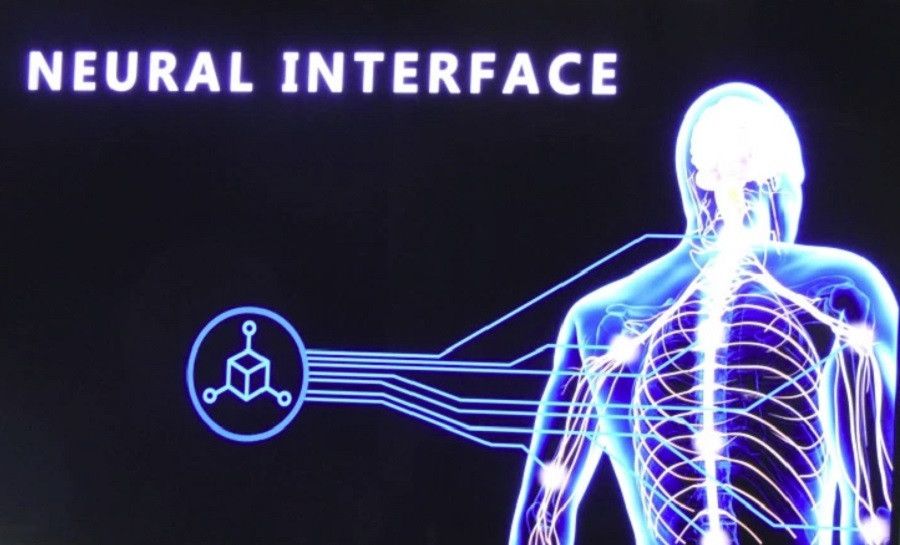
Nvidia Inception’s AI health care startups cover neural interfaces to better MRI
More than 200 artificial intelligence startups applied for Nvidia’s Inception contest, which seeks to identify the best AI startups. The company created the program to find new uses for its graphics processing units (GPUs), but it’s also hoping these startups will change the world.
So far, the company has identified more than 2,800 AI startups over the years through Inception. I listened to pitches from 12 finalists in a Shark Tank styled judging event last week. Each is competing to be one of three finalists to share the $1 million prize pool.
“We’re trying to enable our ecosystem of deep learning neural networks,” said Nvidia CEO Jensen Huang, as he introduced a panel of four judges. The 12 semi-finalists gave their 8-minute pitches, six finalists were selected, and the final winners will be picked at the company’s GPU Technology Conference on March 27 in San Jose, California. They ranged from AI for bionic arms to faster, cheaper, and more accurate magnetic resonance imaging (MRI) scans.